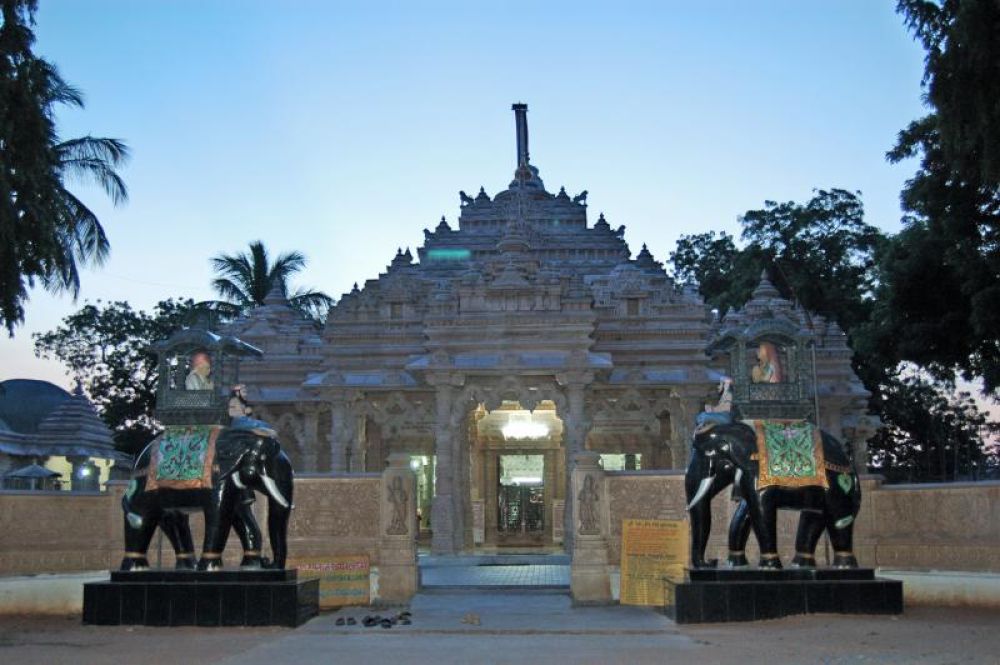

The Kolanupaka Jain Temple, located in the Nalgonda district of Telangana, India, is a site of considerable historical and religious importance, particularly to the Jain community. This temple, dedicated to Lord Rishabhanatha, the first Tirthankara of Jainism, has been a major pilgrimage site for Jains for over a thousand years.
The origins of the Kolanupaka Jain Temple date back to the 11th century, during the reign of the Western Chalukyas and the Kalyani Chalukyas. These powerful dynasties were instrumental in the proliferation of Jainism in South India, and as a result, temples like Kolanupaka were built and flourished.
Over the centuries, the temple has witnessed several renovations and architectural enhancements, with contributions from various kingdoms like the Rashtrakutas and the Yadavas. The elaborate carvings, sculptures, and the grandeur of the temple reflect the cumulative effort and cultural influence of these dynasties.
Despite its ancient origins, Kolanupaka Temple remained relatively unknown to the larger tourist population until its modern revival. In the 20th and 21st centuries, due to the increasing interest in heritage and religious tourism in India, the temple began to attract tourists from around the world.
The renovation that took place in the late 20th century under the guidance of the Jain community breathed new life into the temple complex, and it emerged as a pristine location for spiritual activity as well as a testament to ancient art and architecture.
In recent years, the trend of spiritual and experiential tourism has seen a steady rise, with visitors seeking more than just visual appreciation of historical sites. Tourists visiting Kolanupaka Jain Temple now engage in a variety of activities including meditation, learning about Jain philosophy, and participating in temple rituals. Additionally, the emphasis on sustainable tourism practices has attracted eco-conscious travelers seeking to reduce their carbon footprint while exploring spiritual sites.
Law & Order Restoration: With the support of the state government and local authorities, measures have been taken to ensure the preservation of this heritage site while balancing it with the needs of modern tourism.
Connectivity and Facility Enhancement: Accessibility to Kolanupaka has improved over the years, with better roads and transport facilities making it easier for tourists to visit. The local infrastructure has also been developed, providing necessary amenities for national and international travelers.
Kolanupaka Jain Temple continues to be a beacon of cultural heritage and a reflection of the rich history of Jain architecture and spirituality in India. With the blend of history, serenity, and an increased emphasis on sustainable and responsible tourism, the temple remains a revered destination for both devotees and history enthusiasts alike.